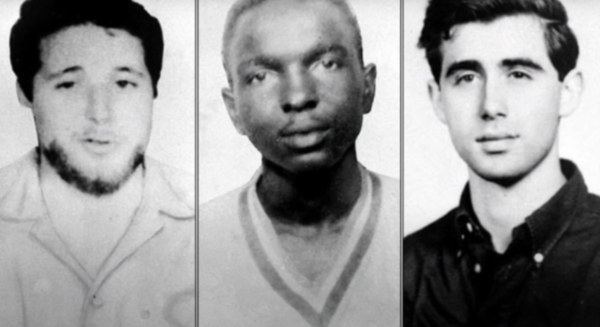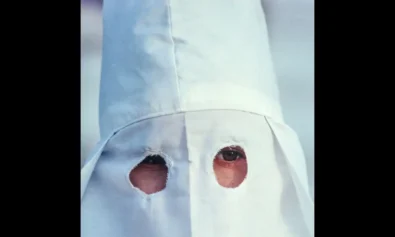Photographs and case files documenting the investigation into the 1964 killings of three civil rights activists featured in the 1988 film “Mississippi Burning” are being made available to the public 57 years after the men’s deaths.
Michael Schwerner and Andrew Goodman, both white New Yorkers, had traveled to Mississippi in the summer of 1964 — “Freedom Summer” — to organize for Black voter registration on behalf of the Congress of Racial Equality (CORE), and James Chaney, a Black man from the area, had become involved with CORE in 1963. Schwerner, Goodman, and Chaney were shot to death on June 21 and buried in a dam in Philadelphia, Mississippi. Their deaths helped spur the passage of the 1964 Civil Rights Act.

Case files documenting the investigation into the deaths date from 1964 to 2007 and have been made available for viewing by the public at William F. Winter Archives and History Building in Jackson, Mississippi. Previously sealed, the documents were compiled by the Mississippi attorney general’s office in 2004 during an investigation into the deaths that lasted until 2005 and culminated in the state conviction of Edgar Ray Killen. The case was then officially closed in 2016 and the documents were transferred to the Mississippi Department of Archives and History (MDAH) from the Mississippi attorney general’s office in 2019.
According to the MDAH, the materials include case files, FBI memoranda, informant reports, witness testimonies, autopsies and photos of the exhumation of the victims’ bodies.
The events that led to the deaths of the men were set in motion on June 16, 1964, when dozens of Klansmen who were looking for Schwerner burned down Mt. Zion Methodist Church, a Black church in Neshoba County that he intended to use as a “Freedom School.”
The Freedom Summer workers, all in their 20s, had driven to investigate the burning of the church when they were stopped by Neshoba County Deputy Sheriff Cecil Price, a KKK member who threw them in jail. Price released Chaney, Goodman, and Schwerner, then, along with other Klansmen, kidnapped them just inside the county limits. The men were shot and buried in a dam just a few miles from the church. The case drew national headlines as the Mississippi governor at the time claimed the disappearance of the activists was a hoax. Days after the kidnapping, the Civil Rights Act was passed in Congress on July 2. The men’s remains were found on Aug. 4.
Eighteen men, including Edgar Ray Killen, who rounded up Klansmen to ambush the activists, were indicted on federal conspiracy charges in 1967. Cecil Price and six others were convicted, but Killen was not, escaping justice until the state brought charges against him in 2004 and he was convicted of three counts of manslaughter in 2005, drawing a 60-year sentence. Killen died in prison in 2018.
The materials are held in three catalog records. The Attorney General’s research files are Series 2870, the FBI Memos are Series 2902, and the photographs are Series 2903.


